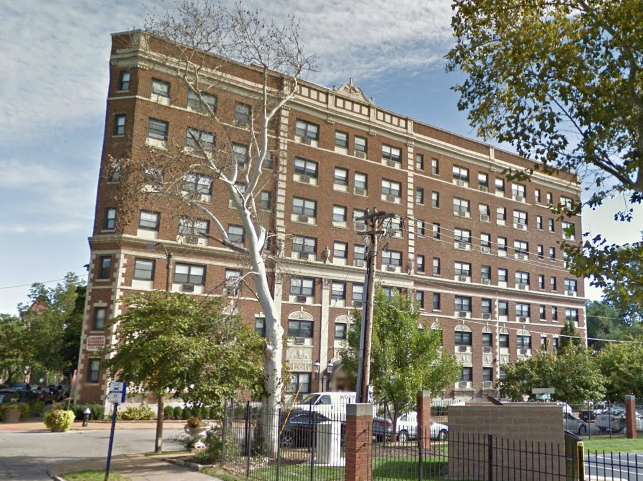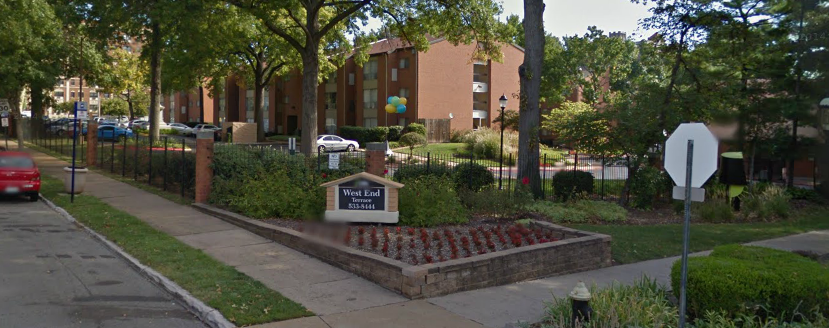68 percent versus 4 percent
MEMBER NEWS DIGEST - THE LATEST AND GREATEST FROM OUR MEMBERS' BLOGS
The demand for walkable places is increasingly unmet and undersupplied.
That was one of the themes of this year's Congress for the New Urbanism in Dallas. At the Congress, many speakers cited a survey indicating that 68 percent of respondents desire to live in a walkable place, while only 4 percent of the supply fits the bill (I believe the survey was done for the Dallas metro area specifically). The precise numbers may vary, but these and other surveys conducted by such homebuilder friendly organizations as the National Association of Realtors (NAR) all indicate a shortage in the supply of walkable places.
Closing this gap is the challenge and the opportunity before us as we work to build Strong Towns. The CNU has rebranded itself with a new slogan, "Building Places People Love", which I think gets straight to the heart of the matter. There is also a cadre of small urban developers assembling plans, pro-formas, and personal guidance on how to literally build these places people love once again. If this describes your interest in any way, R John Anderson's blog is a great place to start, as well as reading the publications and downloading the resources on Lean Urbanism. I'd encourage all readers to subscribe to these sites as there is much more coming in that space soon, including a Small Developers Bootcamp this summer.
Two buildings in the same St. Louis neighborhood: The traditional apartment building on the left, and the garden-style apartment complex on the right. One of these apartment communities has a significantly higher per acre value, and has appreciated 97% since 1985, while the other has not even kept up with the rate of inflation over the past 30 years. Guess which one is the winner? Another nice analysis by Richard Bose of NextStl. NextStl is leading an effort to bring Urban3 to town to do a citywide analysis of St. Louis and needs your help.
Churches need to be embedded in the community but many succumb to the auto-oriented parking lot model that amounts to people "churching alone". How can this be addressed? The Holy Mountain blog discusses, drawing upon lessons from Eric Jacobsen.
Faith communities (churches, in the Christian vernacular) have a stake in whether or not the neighborhoods in which they are located are built on a human-scale or for automobiles. Human-scale neighborhoods treat people with dignity and encourage participation in common life. Jacobsen classifies churches as embedded (built in ways that facilitate direct connections with the community that surrounds them) or insular (oriented toward people driving cars). It's not strictly time-based, but embedded churches are typical of traditional neighborhood development, while insular churches reflect the auto-driven development common in America since World War II. Note, particularly if you're not religious and are losing interest, that while Jacobsen focuses on Christian churches, a similar logic could apply to colleges and universities, hospitals, grocery stores, coffeehouses, bars, and even office buildings.
..The first thing anyone will notice with a parish approach is that expanding surface parking areas doesn't help places. As institutions try to grow, are there alternative approaches to parking issues that are compatible with successful places (particularly for churches who are near their parking capacity about one hour a week at most)? What about encouraging members to park in unused commercial lots or on the street? What about working with the city to institute public transit service on Sundays?
Finally, from Bicycle San Antonio comes this image of Sharrows: The myth versus the reality.
Elsewhere on member blogs this week:
Using a mashup of StreetMix and SketchUp, Walkable West Palm Beach proposes an alternative for a city thoroughfare to make a more economically productive and livable street. #PathAsPlace
Ian Lockwood's "PathAsPlace" presentation is so good it has been translated into Spanish. Share with any friends who would appreciate the Spanish version.
You can check out the entire member blogroll on the Strong Towns member site. If you're a member with a blog and would like your work to show up there, please let us know about it.



